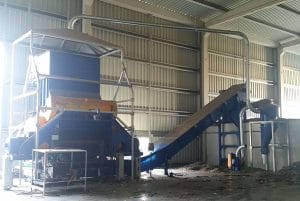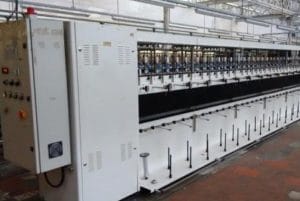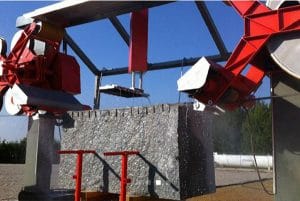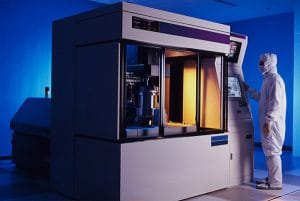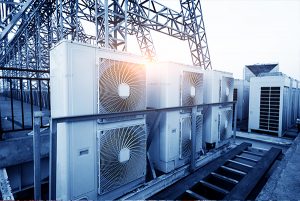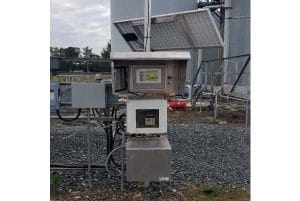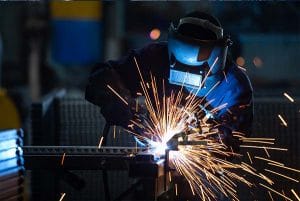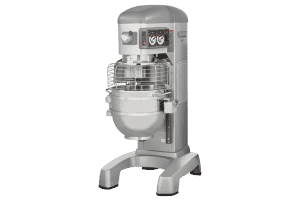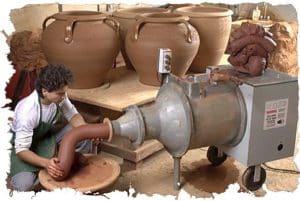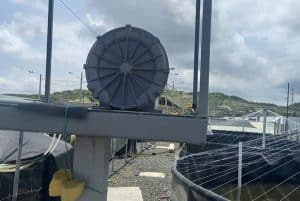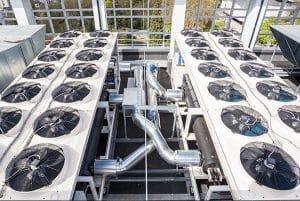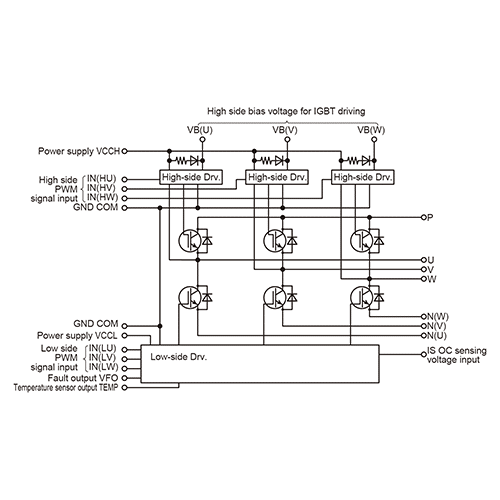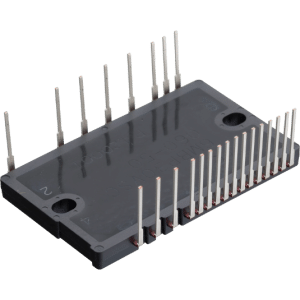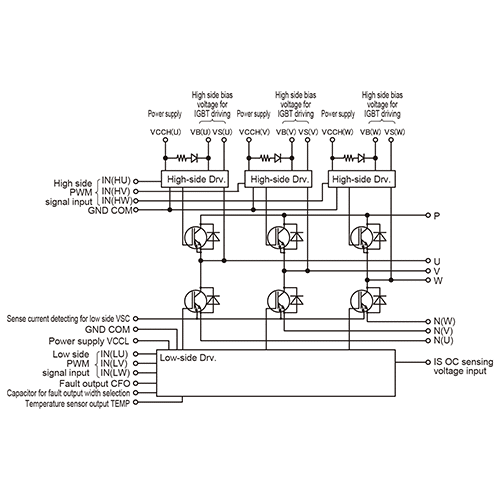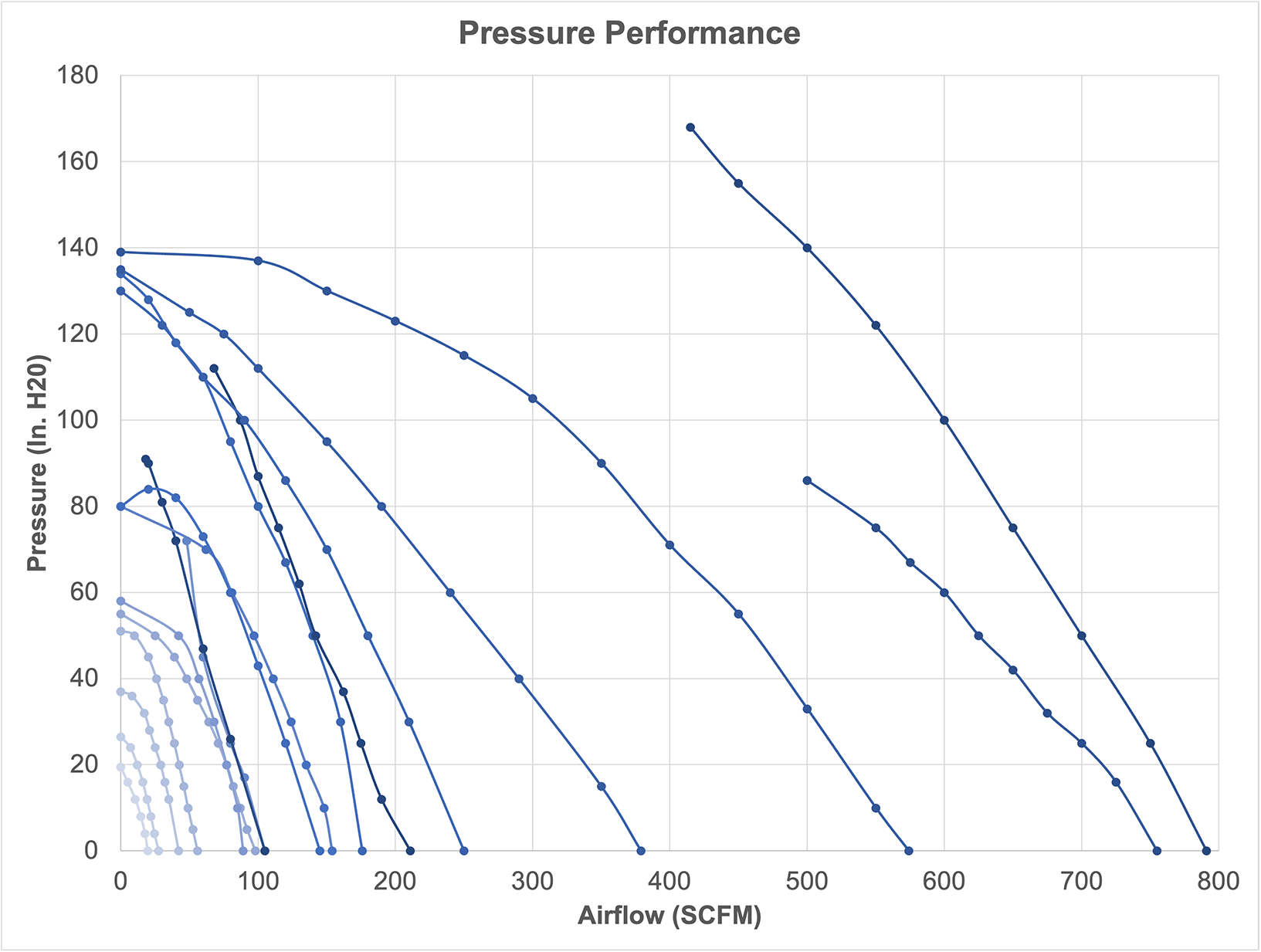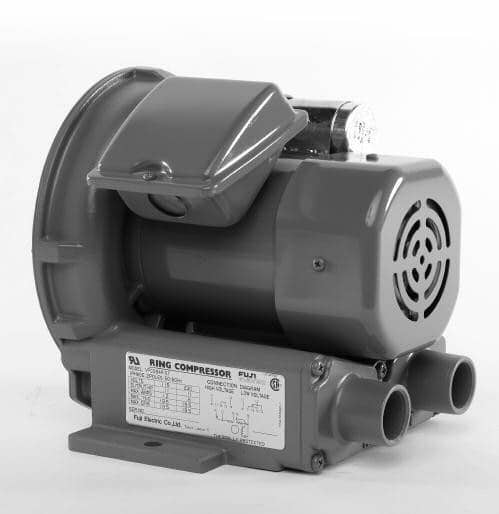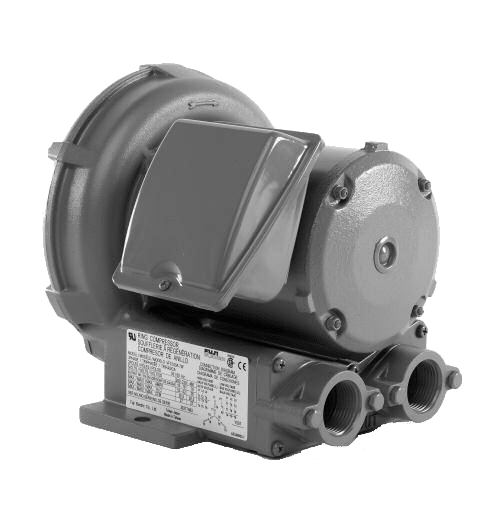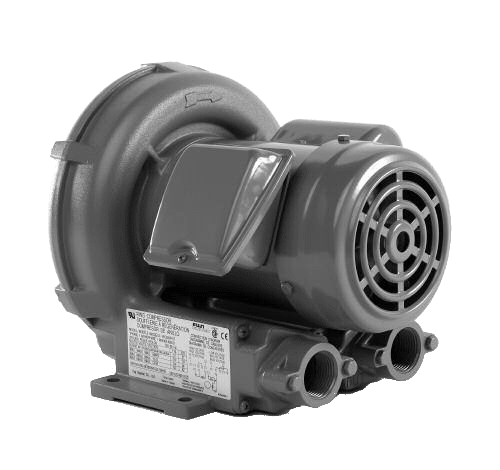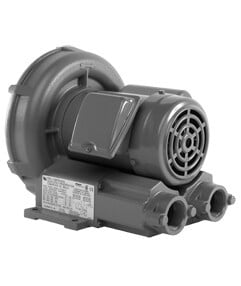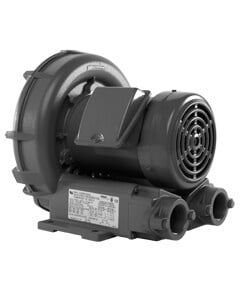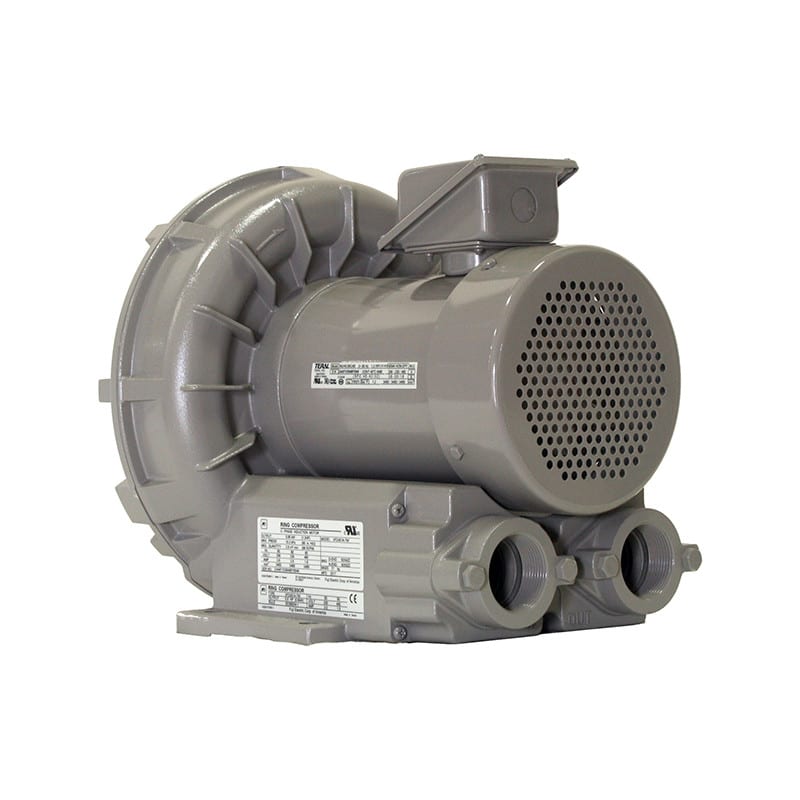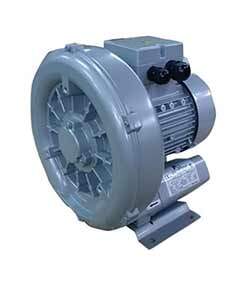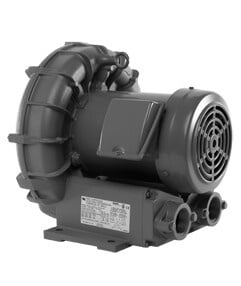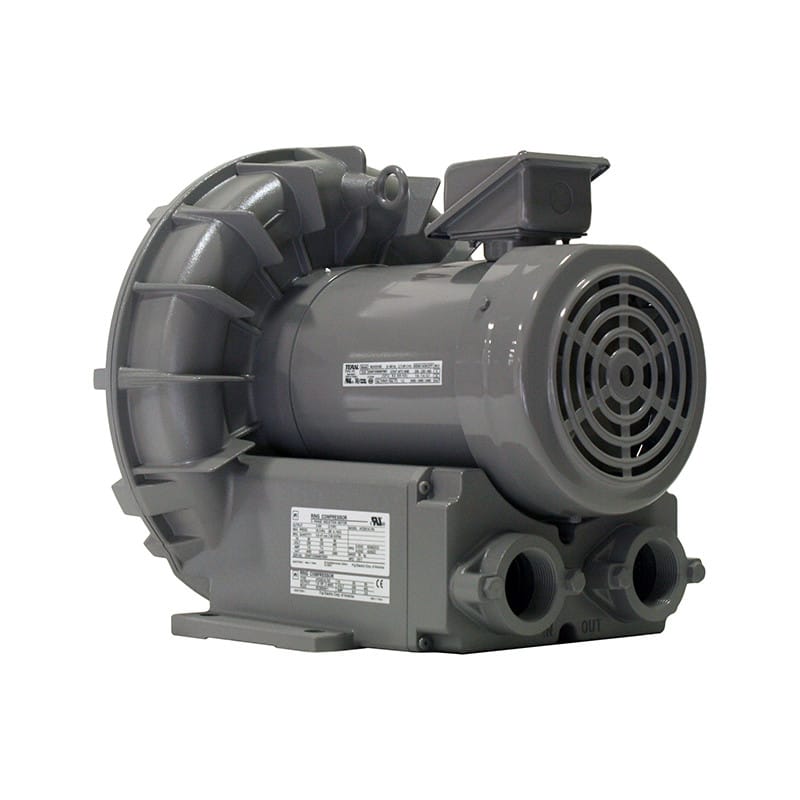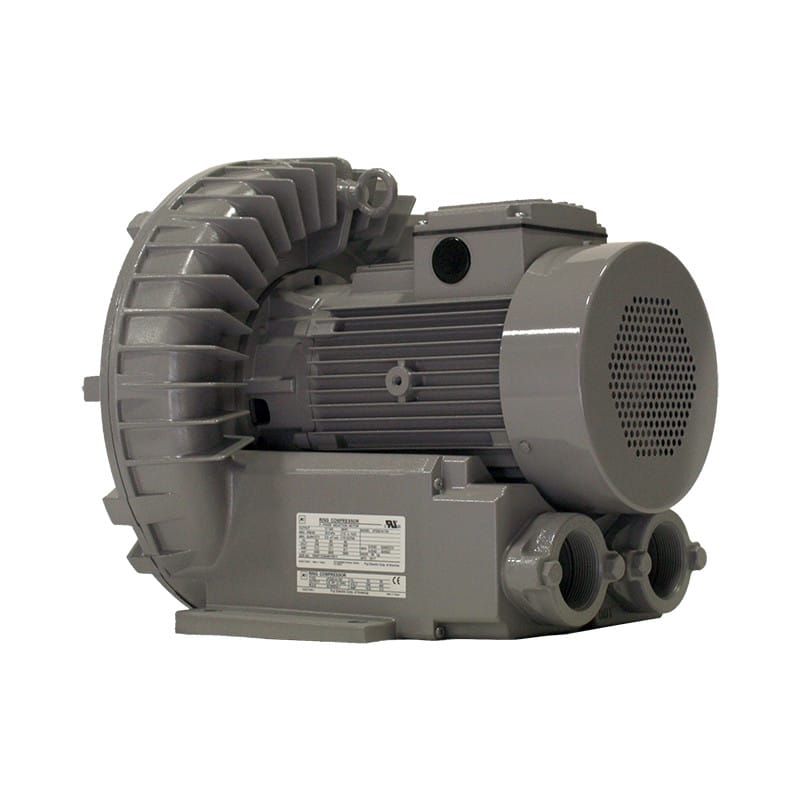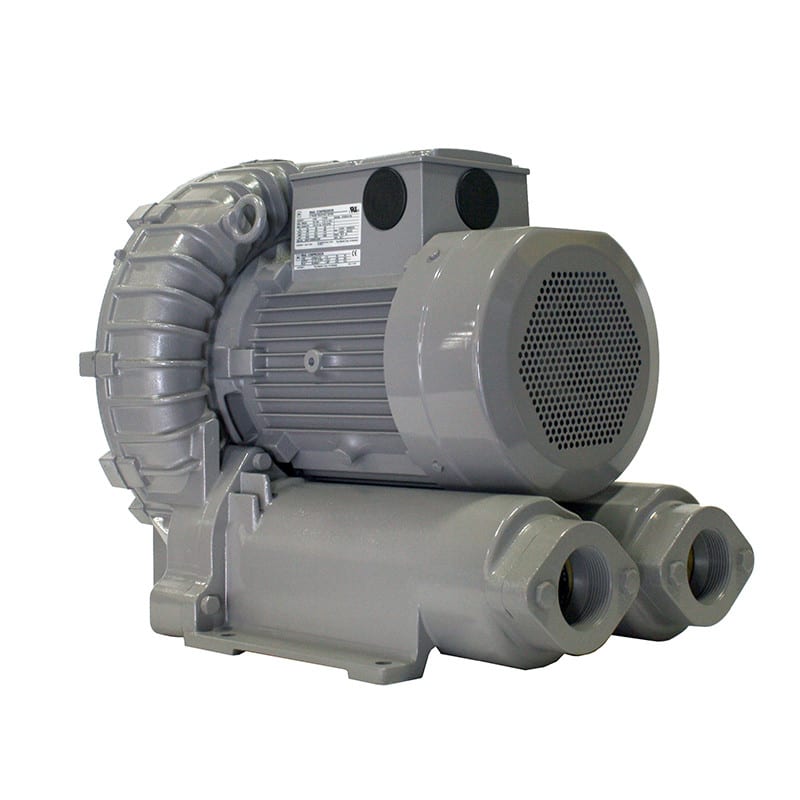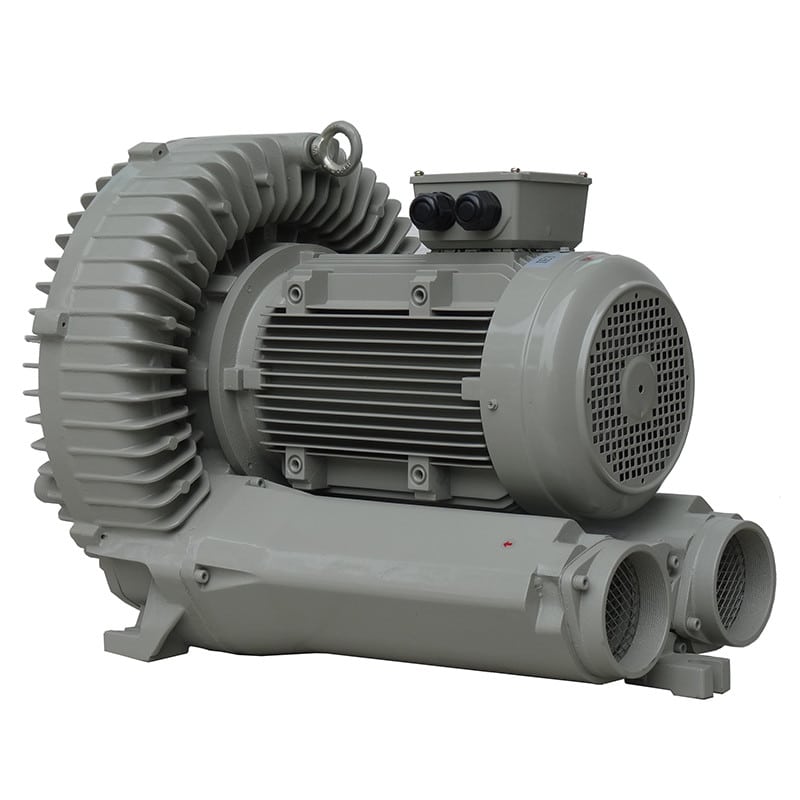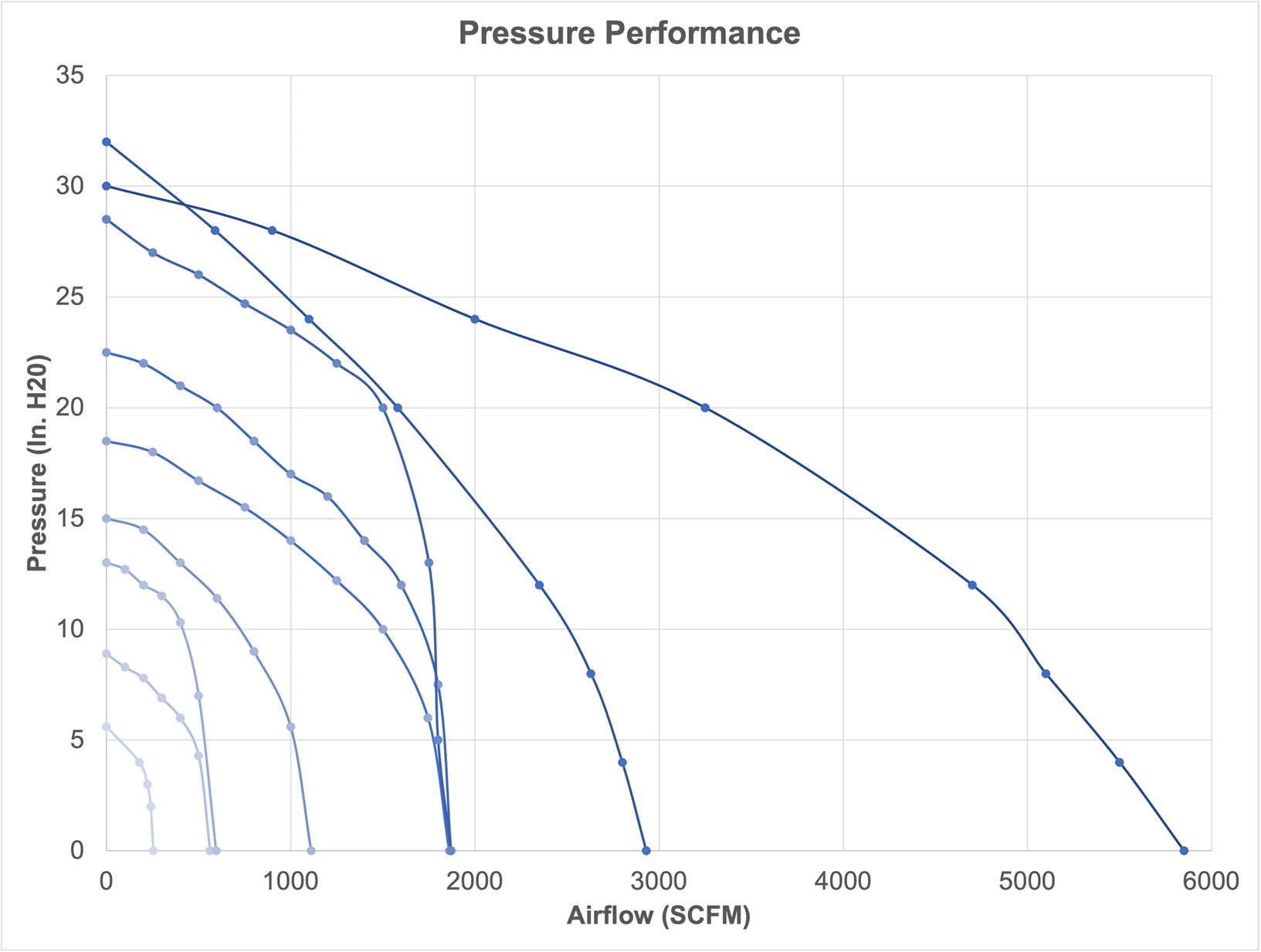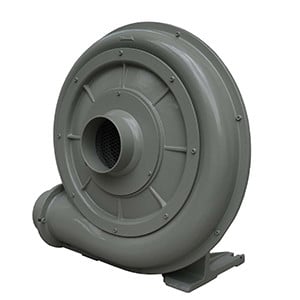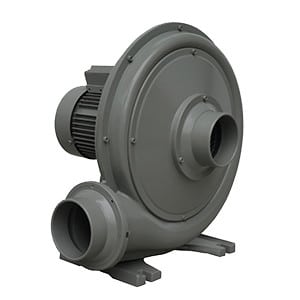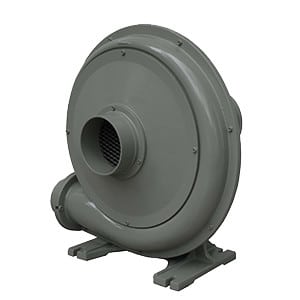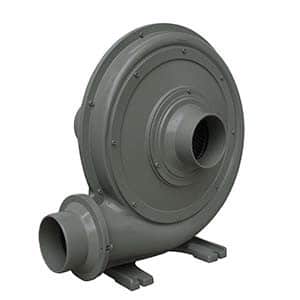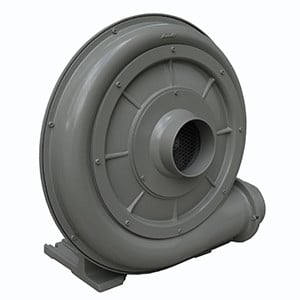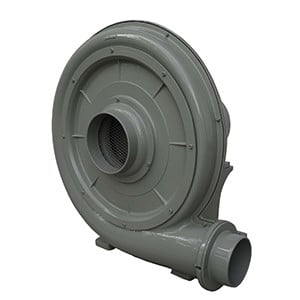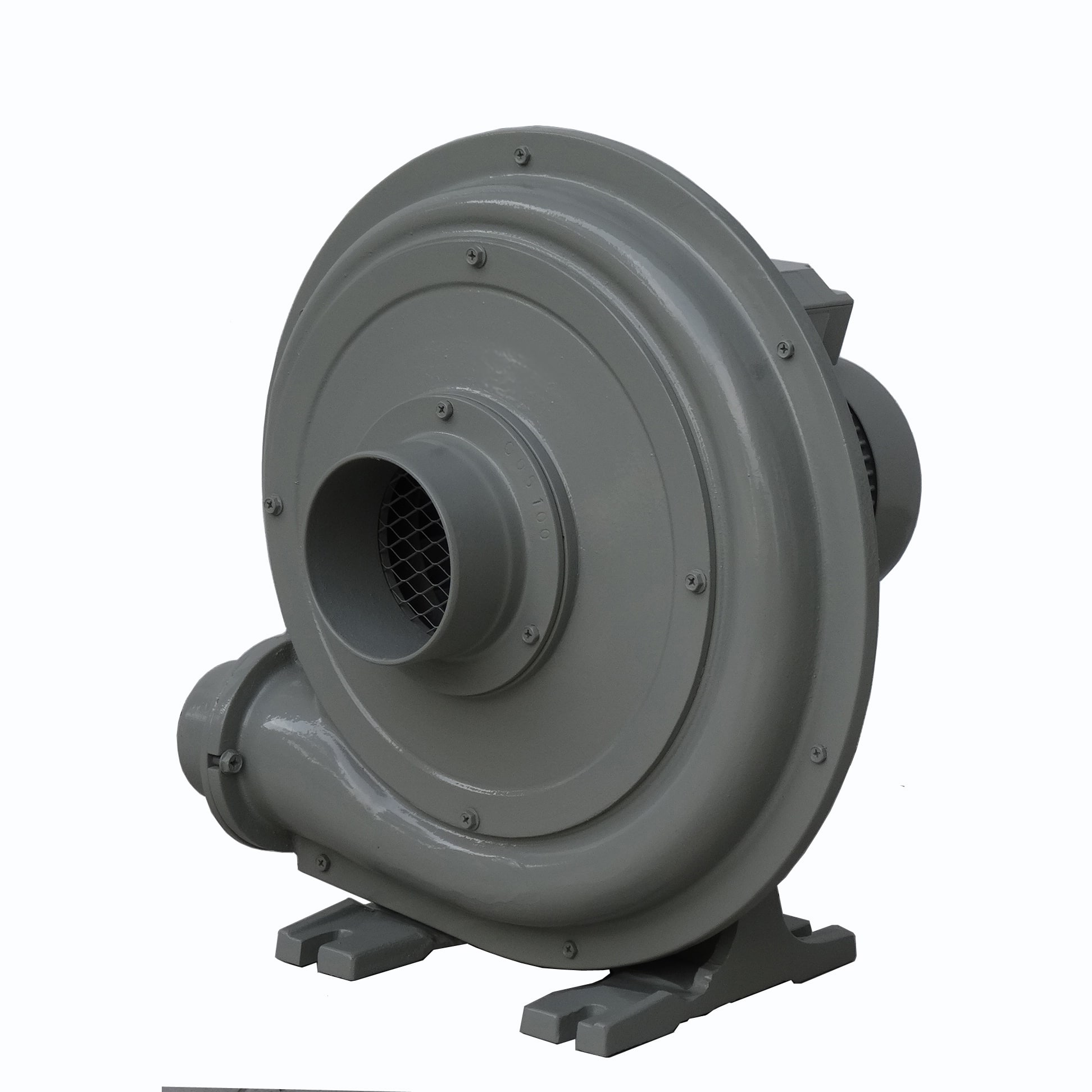Circuit breakers are crucial components in any electrical system, acting as safety devices that protect circuits from overloads, short circuits, and other electrical faults. In the highly specialized and sensitive environment of semiconductor manufacturing, the choice of circuit breakers becomes even more critical. This article explores the key characteristics of circuit breakers that make them suitable for semiconductor manufacturing equipment.
- High Precision and Sensitivity
Functionality: Semiconductor manufacturing equipment requires circuit breakers that can detect and respond to even the slightest electrical anomalies. Precision and sensitivity are paramount to protect delicate and expensive machinery.
Characteristics:
- Low Thresholds for Tripping: Circuit breakers need to have low current thresholds for tripping to detect minor overcurrents and prevent potential damage.
- Fast Response Time: Rapid tripping mechanisms ensure that any fault is quickly isolated, minimizing the risk of harm to sensitive components.
- Adjustable Trip Settings
Functionality: Different stages of semiconductor manufacturing may have varying power requirements and tolerances. Adjustable trip settings allow circuit breakers to be fine-tuned to specific operational conditions.
Characteristics:
- Customizable Trip Curves: The ability to adjust trip curves enables precise matching to the equipment’s electrical characteristics and operational needs.
- Range of Adjustment: A wide range of adjustment options for both current and time settings ensures compatibility with diverse equipment specifications.
- Low Arc Flash Energy
Functionality: Arc flash events can be catastrophic in any environment but are particularly dangerous in semiconductor manufacturing due to the potential for severe equipment damage and safety hazards.
Characteristics:
- Arc Fault Detection: Circuit breakers with arc fault detection can identify and mitigate arc flash incidents swiftly.
- Energy Limiting Design: Low arc flash energy designs help minimize the magnitude of an arc flash, protecting both equipment and personnel.
- Compact and Modular Design
Functionality: Space is often at a premium in semiconductor manufacturing facilities, where equipment density is high. Compact and modular circuit breakers fit within these constraints without compromising performance.
Characteristics:
- Small Footprint: Compact designs allow for efficient use of space within control panels and equipment racks.
- Modular Configurations: Modular circuit breakers can be easily integrated and expanded, providing flexibility in system design and future upgrades.
- High Reliability and Durability
Functionality: Reliability is critical in semiconductor manufacturing, where downtime can result in significant financial losses and production delays. Durable circuit breakers ensure continuous operation and long service life.
Characteristics:
- Robust Construction: High-quality materials and construction techniques enhance the durability and reliability of circuit breakers.
- High Mean Time Between Failures (MTBF): Circuit breakers with a high MTBF rating ensure longer intervals between failures, reducing maintenance needs.
- Advanced Communication Capabilities
Functionality: Integration with modern monitoring and control systems is essential for efficient operation and maintenance. Circuit breakers with advanced communication capabilities provide real-time data and diagnostics.
Characteristics:
- Digital Interfaces: Circuit breakers equipped with digital interfaces such as Ethernet or RS-485 enable seamless integration with supervisory control and data acquisition (SCADA) systems.
- Remote Monitoring: Real-time remote monitoring allows for proactive maintenance and quick response to any issues, enhancing overall system reliability.
- Compliance with Industry Standards
Functionality: Adherence to industry standards ensures that circuit breakers meet the rigorous requirements of semiconductor manufacturing environments.
Characteristics:
- Standards Compliance: Circuit breakers should comply with standards such as UL 489, IEC 60947, and other relevant national and international regulations.
- Third-Party Certification: Certification by recognized testing organizations provides assurance of performance and safety.
Conclusion
Circuit breakers for semiconductor manufacturing equipment must possess a unique combination of characteristics to ensure the protection and reliable operation of highly sensitive and valuable machinery. High precision and sensitivity, adjustable trip settings, low arc flash energy, compact and modular design, high reliability and durability, advanced communication capabilities, and compliance with industry standards are all critical features.
Selecting the right circuit breakers with these attributes can significantly enhance the safety, efficiency, and longevity of semiconductor manufacturing processes. As technology advances and manufacturing demands evolve, the development and implementation of specialized circuit breakers will continue to play a vital role in supporting the growth and innovation of the semiconductor industry.





